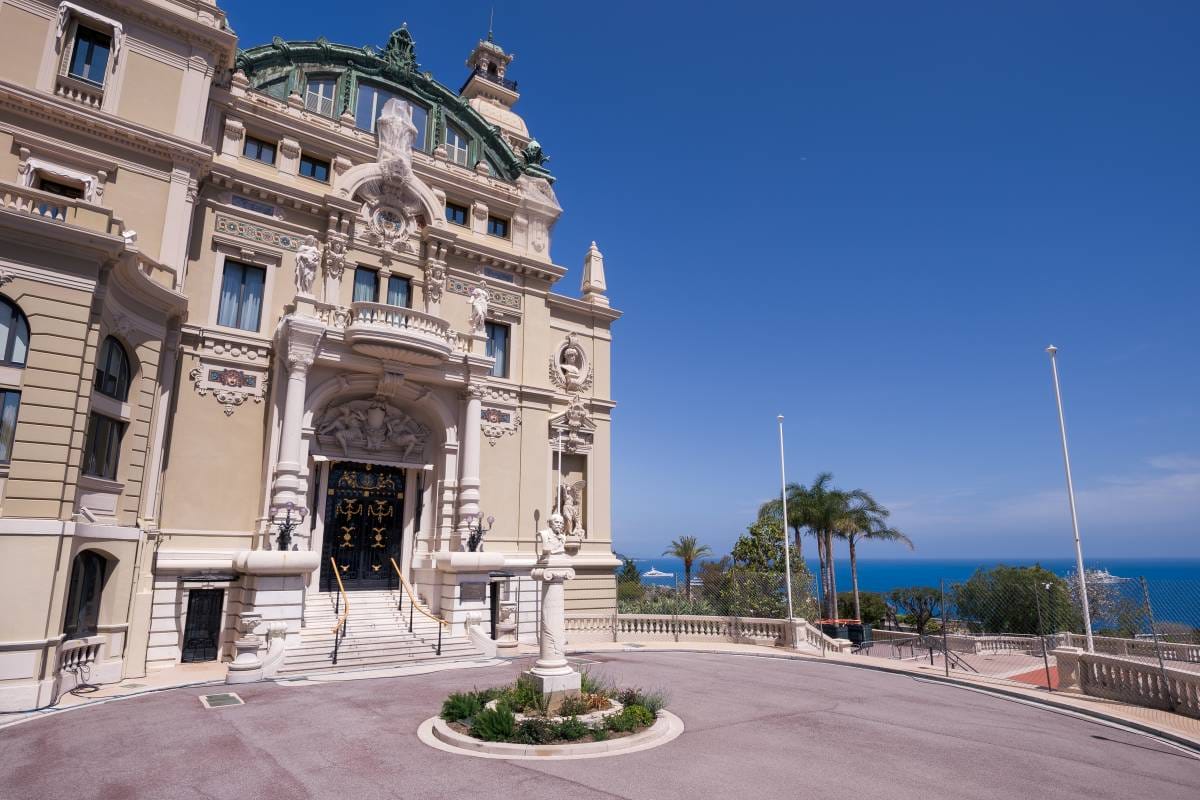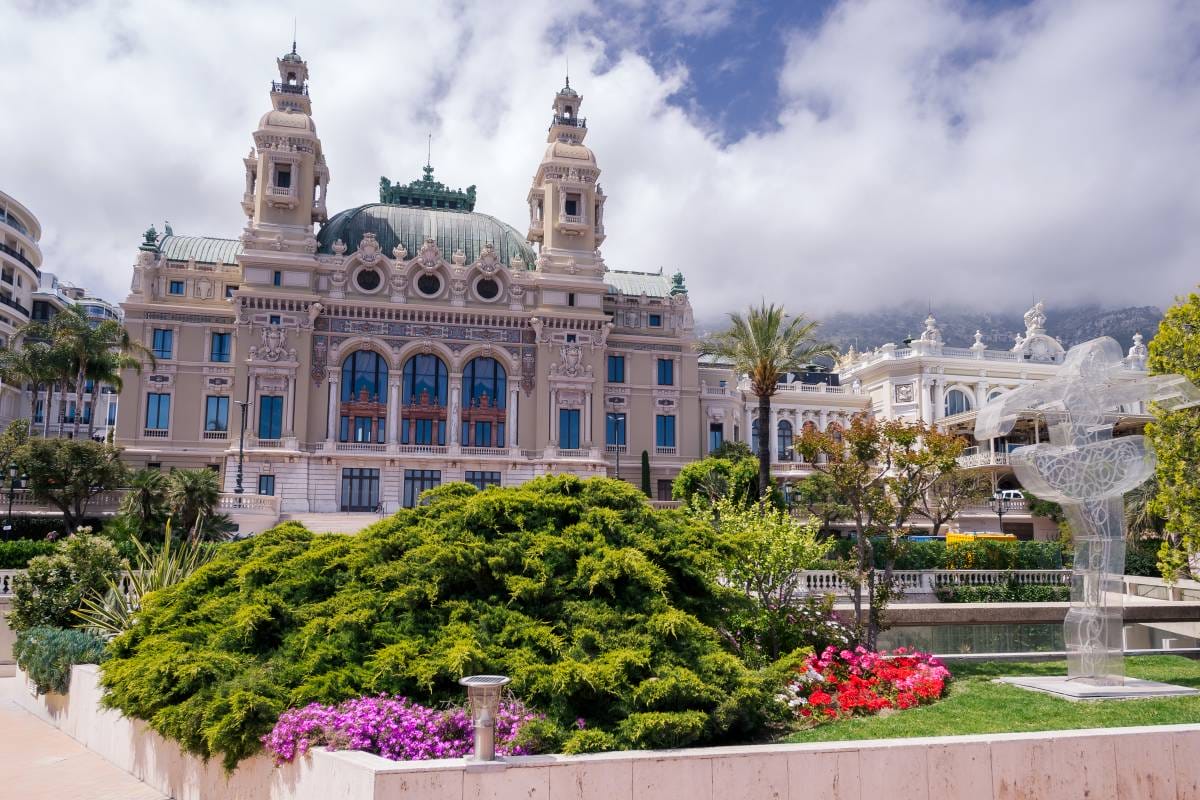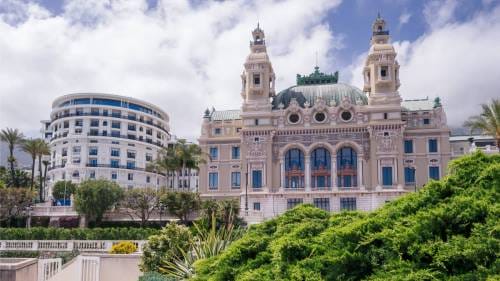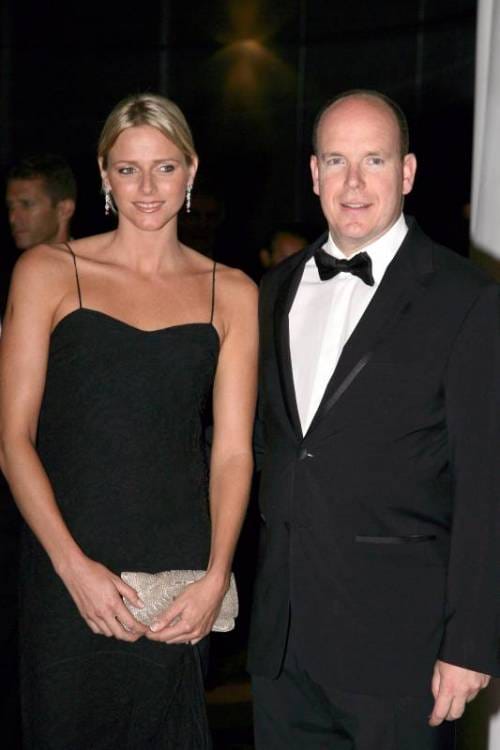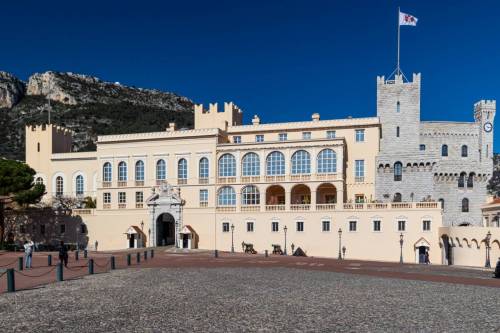Enrico Caruso, born on February 25, 1873, in Naples, emerged from humble beginnings as a steelworker’s son to become one of the most iconic tenors in the history of opera. Now, 150 years after his birth, we delve into the multifaceted journey of Caruso, and his significant links to Monaco.
Monaco’s Operatic Triumph: La Bohème and Beyond
In 1900, the visionary director of the Monte-Carlo Opera, Raoul Gunsbourg, sought to elevate Monaco’s cultural standing by introducing Giacomo Puccini’s La Bohème. To complement the renowned soprano Nelly Melba, Gunsbourg set his sights on the relatively unknown 27-year-old Enrico Caruso. The debut on February 1, 1902, marked a sensational opening of the opera season, establishing Caruso’s warm and impactful voice in the hearts of the Monegasque audience.
Caruso’s connection with Monaco extended beyond this triumph. He returned in 1903 to perform La Tosca and graced the Principality in 1904 with four stellar works: Rigoletto, Elixir of Love, La Bohème, and Aida. Monaco revelled in Caruso’s glory, and his recordings, initiated in a Milan hotel in 1902, launched his international career.
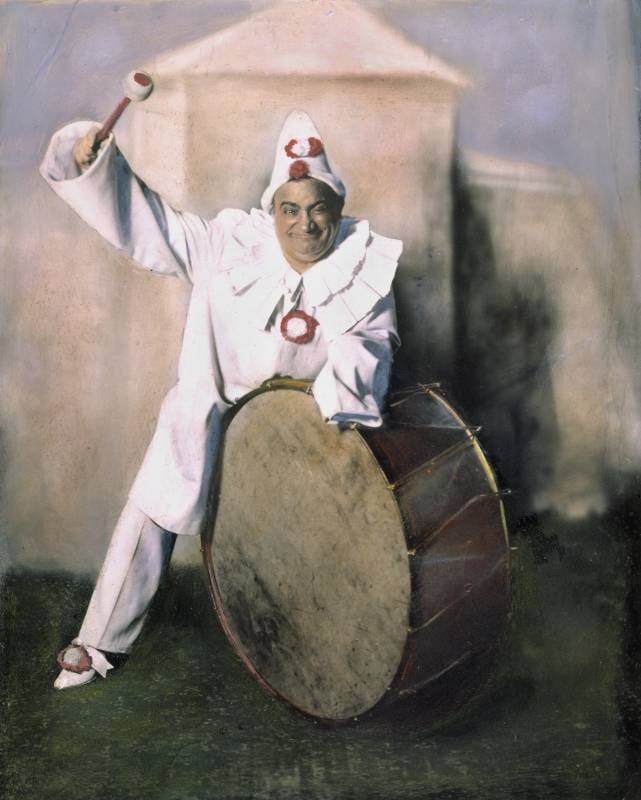
Monaco’s National Day Celebration: Caruso’s Storied Collaboration
Caruso’s rich collaboration with Monaco extended to its National Day celebration. From his debut in 1902 until 1904, Caruso embodied major roles with the Monte-Carlo Opera before venturing into the American star system. In 1915, facing World War I challenges, Caruso waived extravagant fees to honour his promise to Raoul Gunsbourg, reviving Monaco’s lyric season.
In 2023, to commemorate Caruso’s 150th anniversary, esteemed artists like Sir Antonio Pappano, Jonas Kaufmann, and Davide Livermore united in Monaco on National Day for a memorable evening, acknowledging the tenor’s pivotal role in opera history.
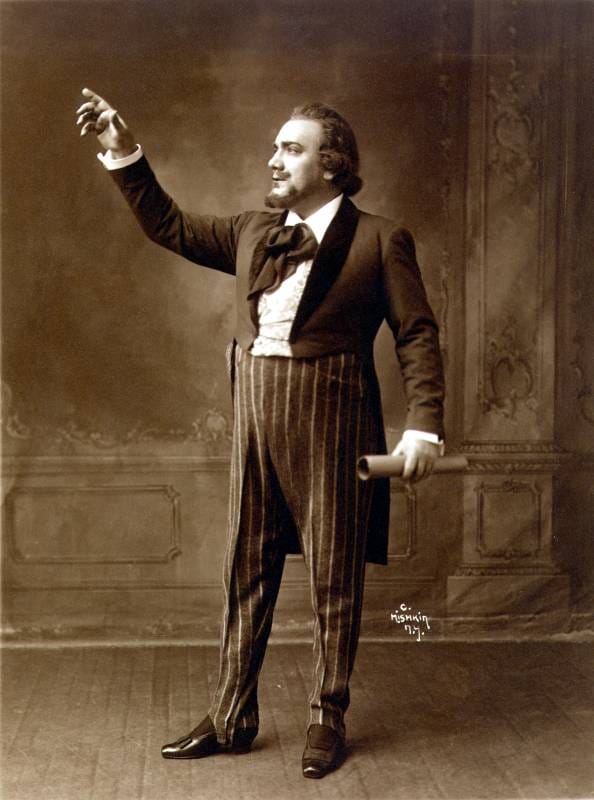
Raoul Gunsbourg: The Stalwart Director who Attracted Caruso
Raoul Gunsbourg, the legendary director, shaped the Monte-Carlo Opera for an unprecedented 60 years. Gunsbourg’s journey from a heroic act during the Russo-Turkish War to his enduring legacy as the director mirrors the resilience and dedication that marked Caruso’s career. Gunsbourg’s ability to attract luminaries like Caruso, Massenet, Saint-Saëns, Fauré, Ravel, and Puccini speaks to his profound impact on Monaco’s cultural landscape.
The exhibition at the Grimaldi Forum stood testament to Gunsbourg’s lasting influence, capturing the essence of a director known as “Divan the Terrible” and who was able to tighten the embrace between Caruso and Monaco.
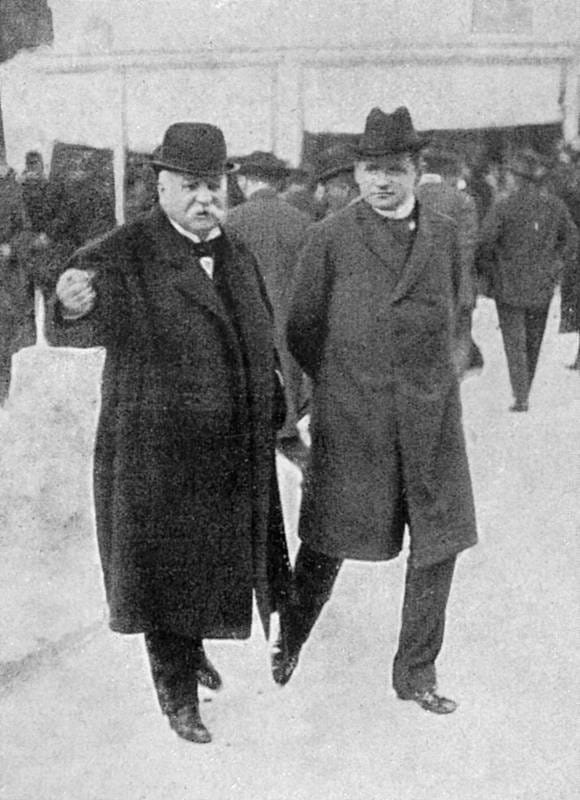
Caruso’s Musical Odyssey: Triumphs and Tribulations
Caruso had a most remarkable recording career, from the first commercially released recordings in 1902 to his association with the Victor Talking Machine Company. His success as a recording artist, extensive performances, and enduring collaborations with renowned venues like Monte Carlo Opera, La Scala and the Metropolitan Opera define Caruso’s musical odyssey.
Caruso’s personal life, marked by triumphs and challenges, is unveiled — from his early struggles in Naples to his love life. Prior to World War I, Caruso had been romantically linked to an Italian soprano, Ada Giachetti, who was a few years his senior. Though she was already married, Giachetti bore Caruso four sons during their liaison, which lasted from 1897 to 1908. Two survived infancy: Rodolfo Caruso and singer/actor Enrico Caruso Jr. Ada’s relationship with Caruso broke down after those 11 years together after which they separated. In 1917, Caruso met and courted a 25-year-old socialite, Dorothy Park Benjamin. She was the daughter of Park Benjamin, a wealthy New York patent lawyer and author. In spite of the disapproval of Dorothy’s father, the couple wed on 20 August 1918. They had a daughter, Gloria Caruso.
Caruso’s dedication to charitable causes during World War I and resilience during the San Francisco earthquake showcase a multifaceted personality beyond his tenor prowess.
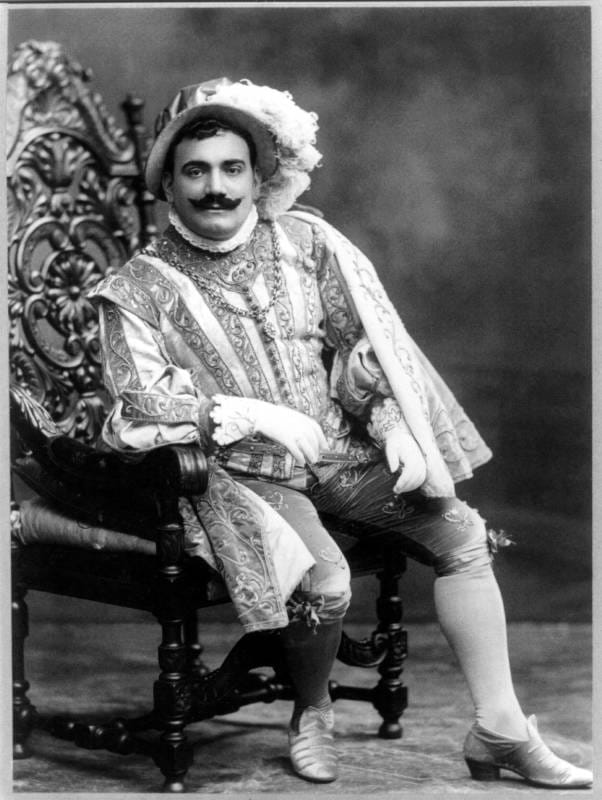
A. Dupont, New York, USA, 1903 ©Alamy.com
Caruso’s Enduring Legacy in Monaco and Beyond
Enrico Caruso’s journey intertwines with Monaco’s cultural history, leaving an indelible mark on the Principality’s operatic legacy. As we emerge from the celebrations of the 150th anniversary of his birth, Caruso’s warm voice continues to resonate, echoing through the halls of the Monte-Carlo Opera and beyond, immortalizing him as one of the greatest tenors in the annals of music history.
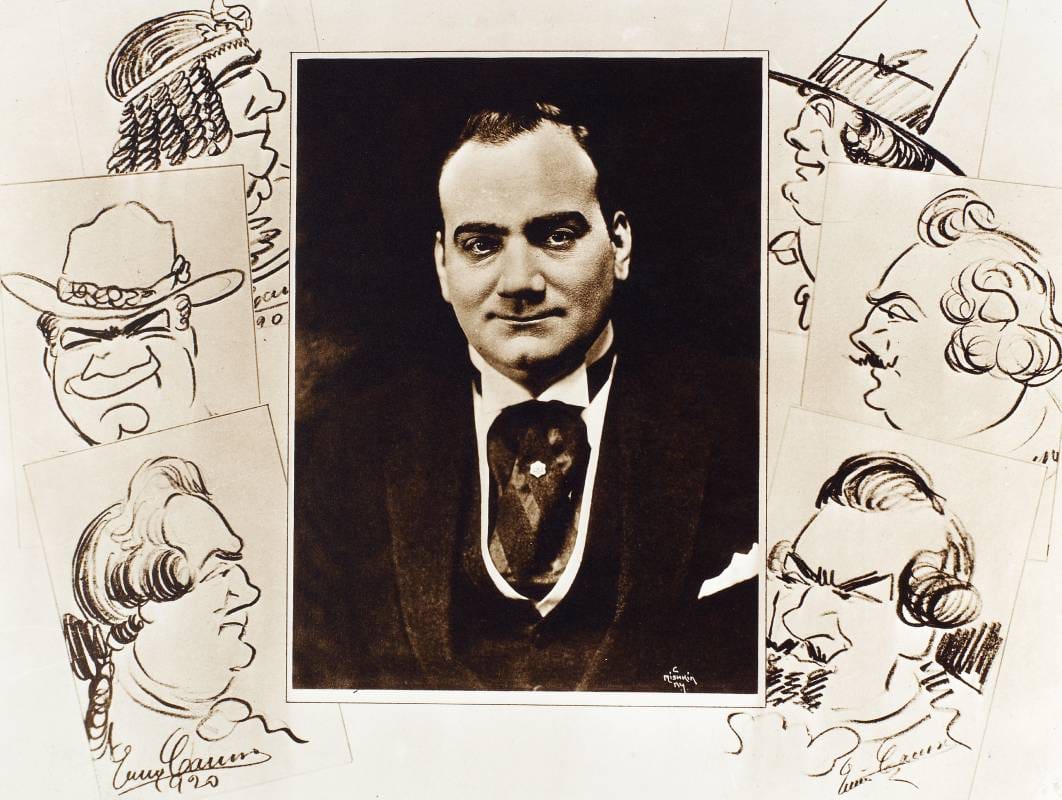
Caruso & The San Francisco Earthquake
Caruso had visited San Francisco in April 1906 for a series of performances. Following an appearance as Don José in Carmen at the city’s Grand Opera House, a strong jolt awakened Caruso at 5:13 on the morning of the 18th in his suite at the Palace Hotel. He found himself in the middle of the San Francisco earthquake, which led to a series of fires that destroyed most of the city. All the sets, costumes and musical instruments were lost. Holding an autographed photo of President Theodore Roosevelt, Caruso ran from the hotel but was composed enough to walk to the St. Francis Hotel for breakfast. Charlie Olson, the broiler cook, made the tenor bacon and eggs. Apparently, the quake had no effect on Caruso’s appetite, as he cleaned his plate and was reported as tipping Olson $2.50. Caruso made an ultimately successful effort to flee the city, first by boat and then by train. He vowed never to return to San Francisco and kept his word.
Caruso’s Home Town Naples Gave him a Lukewarm Reception
In December 1901, Caruso made his debut at the San Carlo Opera House in Naples in L’Elisir d’Amore to a lukewarm reception; two weeks later he appeared as Des Grieux in Massenet’s Manon which was even more coolly received. The indifference of the audiences and harsh critical reviews in his native city hurt him deeply and he vowed never to sing there again. He later said: “I will never again come to Naples to sing; it will only be to eat a plate of spaghetti”.
Though Eventually Rich Caruso Struggled Financially for Years
Enrico Caruso came from a poor but not destitute background in Naples. To raise cash for his family, he found work as a street singer in Naples and performed at cafes and soirées. Aged 18, he used the fees he had earned by singing at an Italian resort to buy his first pair of new shoes. Money continued to be in short supply for the young Caruso even during his early career in Opera. One of his first publicity photographs, taken on a visit to Sicily in 1896, depicts him wearing a bedspread draped like a toga since his sole dress shirt was away being laundered.
Caruso the Skilled Caricaturist
The famous tenor Caruso was a skilled amateur caricaturist who portrayed himself in operatic roles and drew humorous portraits of friends, as a release from his stressful professional life. He also loved to make mocking sketches of his own amiable, round face. There exists even a silver and enamel vanity box modelled after his self-portrait.
